

Seals are marine mammals found the world over. Characterised by their torpedo shape, seals are intelligent and playful animals. Antarctica is home to different seal species, each sharing a basic ...
READ MORE

Position: former student, University of Waikato. Currently Postdoctoral Researcher, University of Florida. Field: Animal behaviour and conservation With Antarctica becoming an increasingly ...
READ MORE
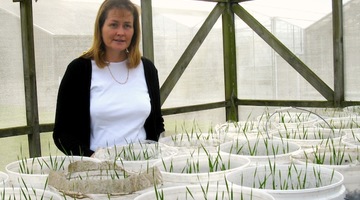
Scientists conduct investigations for all kinds of reasons. They may want to explore new ideas, gather evidence or prove or disprove previous results. Although scientists must follow certain ...
READ MORE
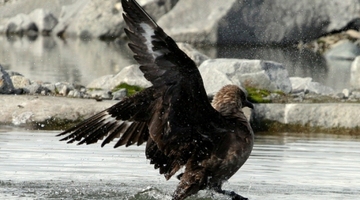
In this activity, students learn about animal and plant adaptations in Antarctic species and use these ideas to design their own unique animal or plant. By the end of this activity, students ...
READ MORE

In this activity, students consider some of the ethical issues involved with keeping earthworms (and other animals) captive in a classroom setting. By the end of this activity, students should be ...
READ MORE

Instant Wild is an initiative by the Zoological Society of London. Photos or videos of animals are recorded using hidden cameras in a range of worldwide locations. The aim is to increase the ...
READ MORE
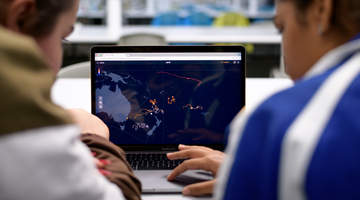
Although invisible to the naked eye, marine microbes drift continually in our ocean systems, quietly consuming up to 50% of the Earth’s CO2 through photosynthesis and producing nearly as much ...
READ MORE

Weddell seals and orca are among the top predators in the Ross Sea region of Antarctica, and more than half of the Weddell seal population can be found in the Ross Sea. Information about changes ...
READ MORE
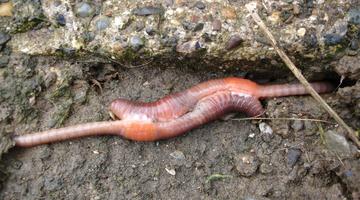
Earthworms are of interest to most children, are easily accessible and are an animal species easily kept in the classroom for short periods of time. This makes them ideal subjects for exploring ...
READ MORE

To most of us, one earthworm resembles another. Although earthworms do have common characteristics, species differ widely in their size, skin colour and in the roles they play in the soil ...
READ MORE

Here are links to Science Learning Hub resources for primary teachers related to life cycles in the Living World strand of the New Zealand Curriculum. Explore the life cycles of birds ...
READ MORE
Although earthworms are classified as animals, their bodies are quite different to animals that live above the ground. This video highlights some of the interesting physical characteristics ...
READ MORE
PhD student Jesse Conklin, from Massey University, explains how you can tell when godwits are getting ready to migrate. He talks about their preflight behaviour, and you can hear the calls they ...
READ MORE
Massey University’s Dr Phil Battley describes godwits in flight including flapping ability, speed, flying altitudes, streamlining, time taken for non-stop flight and V-formation flight Point of ...
READ MORE
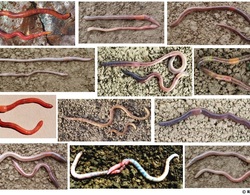
Learn more about introduced and native earthworms in Aotearoa New Zealand. Use the Slideshow menu for further options, including view full screen, and go here for the download option.
READ MORE

Use this interactive graphic organiser to consider whether something is living or non-living. Place each image where you think it belongs. This activity can be done individually, in pairs or as a ...
READ MORE

Use this interactive graphic organiser to consider whether something is an animal. Place each image where you think it belongs. This activity can be done individually, in pairs or as a whole ...
READ MORE